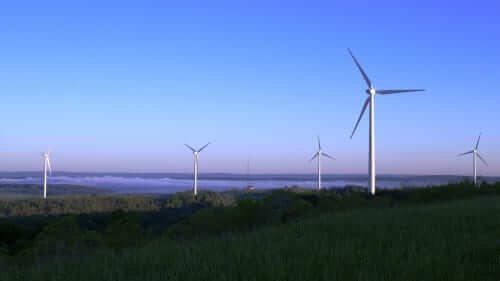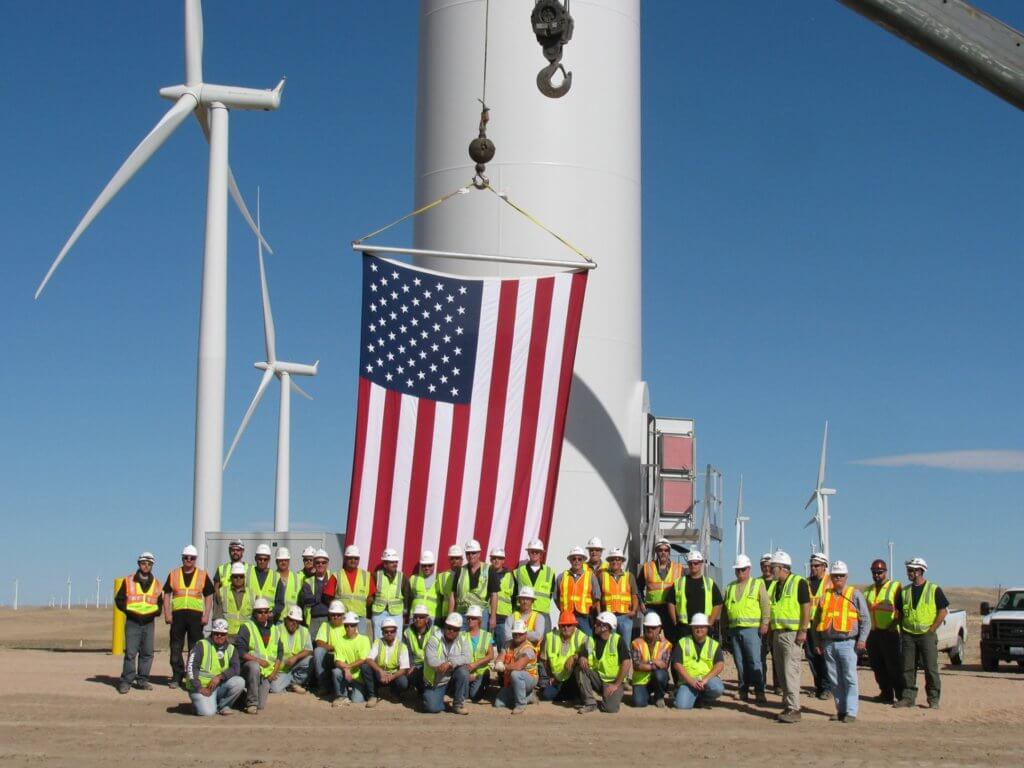Former Duke CEO: Understanding the price of carbon, supporting state RPS's "a good start"
Duke has already worked hard to prepare for new carbon standards was the message from former CEO Jim Rogers today at the Annual Conference for Energy Storage in Washington, D.C. Speaking on the recently proposed EPA rule to place limits on carbon emissions from existing power plants, Rogers recognized the need for expanding renewable energy capacity and diversifying the grid as critical parts of our transition toward a lower-carbon energy portfolio.
Responding to concerns that the “world’s coming to an end” in light of proposed limits on greenhouse gas emissions which were released this week by the Environmental Protection Agency, Rogers was calm, saying “I think we'll find a way to adopt and adapt to the EPA regulations.”

Photo credit: Brad Jones
Rogers spoke well of his time at Duke, where he got the ball rolling on the company’s first renewables arm, which is now also showing interest in rooftop solar power as well. Duke already generates more than 1,600 megawatts of wind energy at 15 facilities, representing an investment of $2.5 billion by the company.
Rogers expressed concern over rushing to natural gas as the sole solution to meeting the carbon targets set by the new EPA rule. “The gas industry has a history of volatility,” he said, urging utilities to diversify their options, including renewables.
Renewable energy sources like wind power often act as a hedge against price volatility, insulating customers from spikes on their power bill during supply squeezes. In three separate cases during the winter months, wind stepped in to stabilize prices and fill in supply gaps when the cold drove electric demand skyward.
The former CEO gave a shout out to the success of renewable portfolio standards as a state-level vehicle for energy policy, arguing the importance of expanding storage options within RPSs to the audience, representatives from that industry.
Defending renewable portfolio standards is becoming increasingly important, as policies in several states have fallen under attack by well-to-do groups opposed to clean energy.
"That's going to the [federal] Legislature … at a period when a lot of states are trying to walk away from the standards, or modify or reduce them.”
We must promote the innovation and economic opportunity spurred by renewable portfolio standards, policies that promote billions of dollars nationwide in private clean energy investments, creating jobs and protecting our environment at the same time.
Wind power contributes to the diversity of the grid, enhancing reliability and promoting efficiency. Today, when cutting carbon dioxide emissions has become a national priority, wind represents one of the biggest, fastest, and cheapest ways for us to secure permanent, significant reductions in the power sector.




